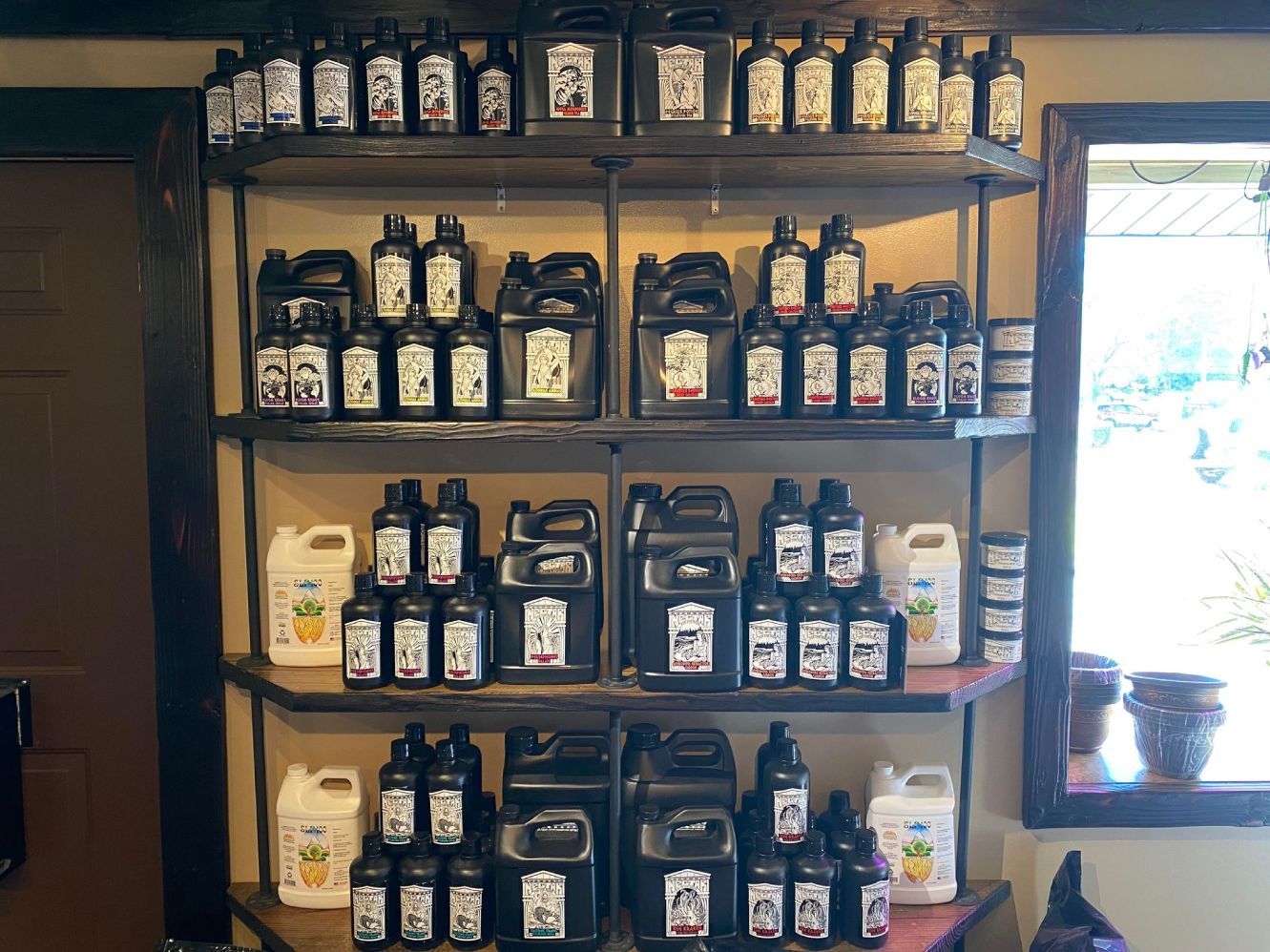The Indoor Earthworm: A Remarkable Trip into Vermiculture
The Indoor Earthworm: A Remarkable Trip into Vermiculture
Blog Article
The Ultimate Guide to Hydroponic Systems and Techniques
Worldwide of modern agriculture, hydroponic systems have become a revolutionary approach for growing plants without dirt. The thorough balance of water, nutrients, and light in hydroponic arrangements supplies a promising choice to conventional farming techniques. As we uncover the complexities of hydroponics in this comprehensive overview, we will certainly browse via the different sorts of systems, discover the important nutrients vital for plant development, and look into innovative strategies that can dramatically improve yields. What occurs when typical problems develop in hydroponic systems? Keep tuned to unravel the troubleshooting methods that can make or damage a successful harvest.
Advantages of Hydroponic Systems
Hydroponic systems provide a wide range of benefits, including efficient source usage and accurate nutrient delivery to plants. By giving a regulated atmosphere for plant growth, hydroponic systems make it possible for ideal water and nutrient usage, bring about greater yields compared to traditional soil-based farming. This performance not just saves sources but also reduces waste, making hydroponic systems eco-friendly.
In addition, the precise delivery of nutrients in hydroponic systems permits customization based upon the certain demands of each plant selection. This targeted technique makes sure that plants obtain the right balance of crucial nutrients, promoting healthier development and decreasing the danger of nutrient deficiencies or inequalities. In addition, the ability to adjust and keep track of nutrient levels in real-time maximizes plant efficiency and general crop quality.
Additionally, hydroponic systems remove the need for herbicides and chemicals, as the closed-loop system decreases the threat of bugs and diseases that are typically located in soil-based farming - The Indoor Earthworm. This not just profits the plants and the environment but likewise adds to generating cleaner, much healthier crops for usage
Kinds of Hydroponic Setups

Nutrient Movie Technique (NFT) utilizes a superficial stream of nutrient remedy streaming over the plant origins, giving a constant supply of nutrients. Drip systems involve trickling a nutrient solution onto the plant roots, providing specific control over feeding.
Each sort of hydroponic setup has its advantages and is matched to different plant varieties and development stages. Recognizing the distinctive functions of these systems can help hydroponic farmers choose the most appropriate configuration for their specific requirements and preferences.
Essential Nutrients for Hydroponics
In hydroponic systems, plants depend on an exact balance of vital nutrients to grow and grow efficiently. These crucial nutrients are critical for different plant functions such as photosynthesis, origin growth, and overall growth.
Along with macronutrients, plants also need second nutrients like sulfur, magnesium, and calcium, in addition to micronutrients such as iron, copper, zinc, and manganese (The Indoor Earthworm). These nutrients are crucial for making sure that plants have all the needed building blocks to accomplish important organic processes

Advanced Techniques for Maximum Return
To achieve optimum returns in hydroponic systems, cultivators can apply advanced strategies that enhance plant growth and efficiency. One such method is making use of supplemental lights. By supplying fabricated light resources such as LED or high-pressure salt lights, farmers can prolong the number of light hours plants receive daily, advertising faster development and enhanced returns. An additional innovative technique is the application of carbon dioxide supplements. Increasing the levels of carbon dioxide in the expanding setting can stimulate photosynthesis and increase plant development dramatically. Furthermore, using methods like plant training and trimming can assist maximize light circulation and air flow, ensuring that all components of the plant get sufficient light and nutrients. Additionally, utilizing automated systems for nutrient distribution and monitoring can help keep optimal nutrient levels, minimizing the risk of deficiencies or inequalities that can impede plant growth. By incorporating these advanced strategies into their hydroponic systems, growers why not try here can optimize yields and attain abundant harvests.
Troubleshooting Common Hydroponic Issues
One prevalent problem is nutrition deficiencies, where plants do not have essential elements for healthy advancement. Maintaining the right pH range specific to the plant being grown is vital for optimum nutrient uptake. By without delay determining and dealing with these usual hydroponic issues, growers can keep healthy plants and take full advantage of returns in their hydroponic systems.
Conclusion
In final thought, hydroponic systems offer numerous benefits for growing plants efficiently. By making use of numerous sorts of configurations and offering necessary nutrients, growers can attain maximum yield via progressed strategies. It is essential to troubleshoot typical problems that might emerge in order to keep a successful hydroponic procedure. With cautious preparation and focus to detail, hydroponic systems can transform the means plants are grown, bring about even more sustainable and productive farming techniques.
By giving a regulated setting for plant growth, hydroponic systems make it possible for optimum water and nutrient usage, leading to greater yields contrasted to typical soil-based growing. The Indoor Earthworm. Nutrient Movie Strategy (NFT) makes use great site of a superficial stream of nutrient remedy moving over the plant roots, giving a consistent supply of nutrients. Monitoring and changing nutrient levels based on plant development stages is essential to preventing nutrition deficiencies or poisonings and optimizing plant productivity in hydroponic systems
Additionally, employing strategies like plant training and trimming can assist enhance light circulation and air flow, making certain that all parts of the plant obtain adequate light and nutrients. Utilizing automated systems for nutrient shipment and surveillance can help maintain optimum nutrient degrees, decreasing the threat of deficiencies or discrepancies that can prevent plant check it out growth.
Report this page